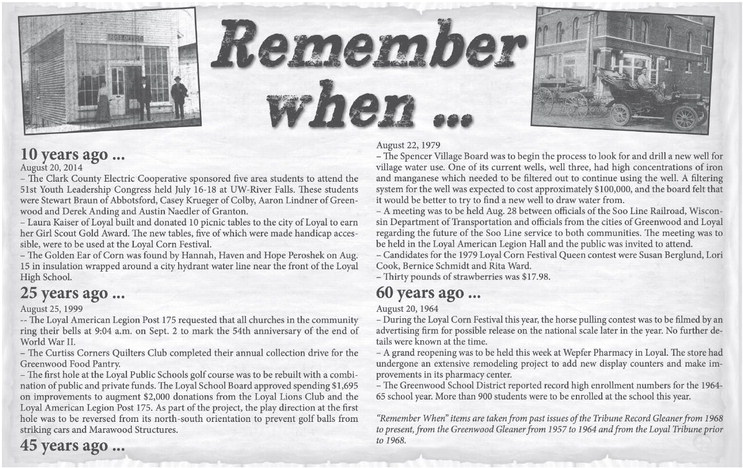The history of the 40-hour work week and a word on introversion


Hello, all. Hope you had a pleasant Labor Day weekend and got to rest from your labor. I ran across an interesting article that reminded me that the standard 40-hour, five-day work week most of us are used to is actually a modern invention, less than a hundred years old. The Fair Labor Standards Act was passed in 1938 and “was the culmination of more than a century of American workers fighting for shorter hours, better wages and safer working conditions,” wrote Dave Roos for History.com.
As recently as the early 1900s, it was not uncommon for Americans to work 60 hours each week. The state of Massachusetts published a labor bulletin in 1898 tracking the hours of various domestic jobs.
“Domestic cooks at the time worked between 78 and 83 hours a week for about 9 cents an hour… Some factory workers in Massachusetts were slightly better off; according to state law, women and children could only work a maximum of 58 hours a week in textile mills,” Roos wrote.
The 19th century labor movement adopted the catchphrase, “eight hours labor, eight hours recreation, eight hours rest.” It gained momentum when Civil War soldiers returned home to cities that were rapidly developing as part of the Second Industrial Revolution. Former slaves were also demanding fair wages and safe working conditions.
On May 1, 1886, workers across the nation went on strike for the eight-hour work day. More than 10,000 people gathered in Chicago for what was supposed to be a peaceful demonstration. However, “tensions escalated between strikers and police, resulting in the death of four demonstrators. In response, rioters and anarchists took to the streets on May 4, a violent clash that ended with a deadly bombing in Chicago’s Haymarket Square,” Roos wrote.
“The 1886 ‘Haymarket Affair’ was a painful setback for the 8-hour movement, which didn’t fully recover until World War I.”
In 1916, more than 400,000 railroad workers threatened to strike if they did not get an eight-hour workday. With the U.S. contemplating entering World War I, it could not afford to lose that industrial production. President Woodrow Wilson and Congress intervened and passed the Adamson Act of 1916, the first federal law mandating an eight-hour workday, if only for a single industry. Following World War I, American workers continued to push for their demands to be met, with more than 3,000 strikes in 1919 involving more than 4 million laborers. In the late 1910s and early 1920s, corporations were looking for ways to reduce heavy turnover. In 1926, Henry Ford officially adopted a five-day, 40-hour work week with employees being paid $5 a day (a lot of money back then!). Other companies quickly followed suit.
When President Franklin D. Roosevelt was elected in 1932, the nation was struggling with the Great Depression. Unemployment was at 25%. With the help of Congress and Labor Secretary Frances Perkins (the first female member of the presidential cabinet), FDR passed the National Industrial Recovery Act in 1933. This law established a federal minimum wage of $12 to $15 a week, prohibited child labor younger than age 16 and capped the work week at 40 hours. However, in 1935, the Supreme Court struck down the act as unconstitutional.
Finally, in 1938, Perkins and FDR were able to get the Fair Labor Standards Act (FLSA) passed. It capped the work week at 44 hours, which was reduced to 42 the next year and finally to 40 the year after that, where it has remained ever since. It also established time-and-a-half pay for overtime hours worked.
Working conditions have certainly come a long way in the last 125 years or so.
- Have you noticed that your personality has changed as you’ve gotten older – particularly if you’re over the age of 55? One study tracked participants’ level of extroversion over time. Scores measuring extroversion dropped after age 30 and continued to drop to age 90. However, the drop was most profound after the mid-50s.
According to an article from the online therapy platform Wellnite, “As we age, our personalities tend to become more stable and less likely to change. This means that as we get older, we become more set in our ways and less likely to change our attitudes or behaviors. In terms of introversion and extroversion, research suggests that as we age, we become more introverted.
“The shift towards introversion can be due to a variety of factors, such as increased wisdom and self-awareness, decreased energy for social interactions, and a greater appreciation for solitude and time alone.”
The article further stated that becoming more introverted can lead to greater contentment and satisfaction in life, as introverts tend to be more reflective and introspective, which can lead to a deeper understanding of oneself and one’s place in the world. Conversely, other studies have suggested extroverts are happier than introverts, but certain researchers have challenged those findings, saying they reflect a larger social bias that values outgoing behaviors more than reserved behaviors.
Ultimately, it’s all about finding a healthy balance between time with others and time alone. Most people are truly ambiverts, anyway, asserted an article that ran in Scientific American earlier this year.
“Ninety percent of people are somewhere in the middle (of the spectrum between exclusively introverted and exclusively extroverted),” said Jens Asendorpf, a personality researcher at Humboldt University of Berlin, as quoted in Scientific American. “And since everyone needs social contact, introverts also seek interaction with others—just less so.”
In addition, although personalities may become less likely to change as we get older, that does not mean they are fixed. There’s always room for growth and development as a person, regardless of our innate tendencies. Have an excellent week!





